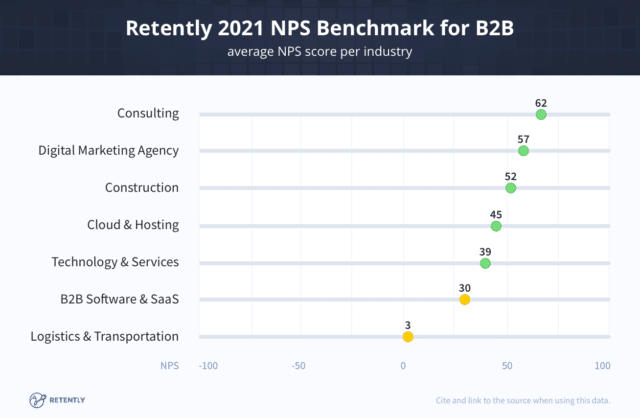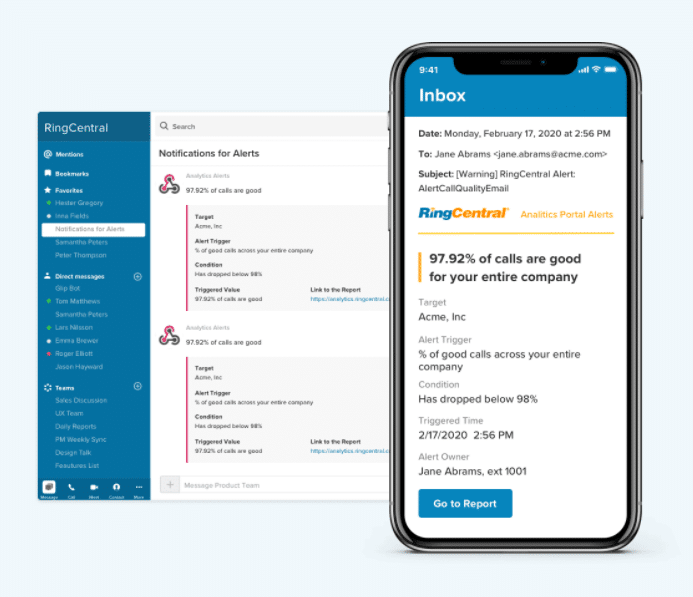No matter the industry you work in, you’ve probably heard the term ‘benchmarking. Its use may seem self-explanatory at first, but it can help you understand its use and what it can mean to your business. How can it help you improve your business performance? And how important is it as a practice?
What is Benchmarking?
Let’s look at two relevant definitions of the word benchmark to give us a solid foundation to work from:
Benchmark:
- something that serves as a standard by which others may be measured or judged.
- A point of reference from which measurements may be made.
In a business context, benchmarking is when we measure a company’s performance, products, processes or services against others—usually our direct competitors or against those who may be perceived to be ‘the best as that is what we aspire to.
By identifying other organizations that do something better, you can focus on how they do those things better. Equally, you can see where you’re doing well and make sure you maintain that standard.
You can also compare your current performance to your past performance to ensure you’re constantly improving.
There are various ways you may change what you do after a benchmarking exercise to give some examples. You may choose to add new products or services as competitors now offer more. Or you may adjust the features of the service to match those competitors. Your changes may even be systemic, such as installing a CRM system to improve relationships with customers.

Types of benchmarking
It may sound straightforward, but benchmarking is a little more complex than a simple competitive exercise. In fact, there are several different types of benchmarking, so choosing which methodology best meets your needs is an important decision. Here are six types for you to consider.
1. Internal
Internal benchmarking is a fairly simple exercise that can improve your company’s efficiency and productivity. It is simply a question of comparing a current process in one area/team to a similar process in a different part of your business. It does require that you have comparable metrics or KPIs so that a comparison is valid.
Internal benchmarking can help achieve consistency across your different teams and departments and the systems or processes they use.
2. External/competitive
This form of benchmarking presents more of a challenge. In essence, it is comparing your own processes or systems to those of a competitor (or competitors). The challenge lies in that you would need to have specific data from your industry as a whole or from the specific competitor you want to compare yourself to. After all, if you work in healthcare, it’s no use comparing yourself to retail! One main difficulty here is that other companies may not want to share that benchmarking data with you.
If you can access that data, competitive benchmarking can be very helpful as you can get a good overview of where your organisation fits into the market as a whole and pick out your weaknesses and strengths.
Below is a good example of an industry benchmark you may wish to use for customer service – the NPS (net promoter score). You would want to compare your own NPS score to the average in your industry, as well as specific competitors.

3. Performance
Another internal type of benchmarking, performance benchmarking, is more concerned with your own performance metrics and KPIs over a period of time. It looks at performance indicators from your past and compares them to your current performance. It can help maintain and improve your standards, as well as helping you achieve superior performance in the future.
4. Strategic
As the name suggests, strategic benchmarking looks at strategies. It examines and compares how successful companies in your industry have got to where they are. What marketing and business strategies did they employ? This type of benchmarking can be beneficial for new businesses that are still formulating their own strategies.
5. Practice
Another internal exercise, practice benchmarking, focuses specifically on all your internal processes and practices to achieve process improvement. To do this properly, you need to be collecting all relevant business data that you can then analyze and set benchmarks from. That data collection can include things such as technology use and task completion times. Process mapping is one way to carry out this benchmarking.
Key benefits
The various types of benchmarking give you a general idea of why so many organisations carry out this exercise regularly, but what are the specific benefits you can gain from it?
- It can help you improve how you operate internally. By setting a standard (benchmark) for the current procedures, processes, and systems you use and measuring against it, you can improve efficiency.

- Regular benchmarking helps you identify what works within your organisation and what doesn’t. Looking back at past performance can also identify any patterns you may not have noticed at the time, thus allowing you to plan for them in the future.
- Learn from your competitors. They say imitation is the best form of flattery. Why not identify what has worked (or indeed, not worked) for your competitors and adopt those successful practices while avoiding their mistakes? It’ll help you improve without tripping up on the way.
- Save money. One of the major purposes of benchmarking in any area of your business is that it helps improve efficiency. By improving efficiency, you are helping streamline your business and ultimately reduce some of your costs through related decision-making.
- Good benchmarking lets you look at the things you do that affect customers, including their satisfaction levels and loyalty. With customer data and feedback from your own business and competitors where possible, you can see what gives better levels of customer satisfaction. This lets you bring in more new customers and retain your existing ones.
Benchmarking vs competitor research

Many people assume that benchmarking and competitor research are the same. But while there are many similarities, there are also some subtle differences. Which one you choose to utilise will depend on what you want to achieve, what resources are available to you, and how much time you have to carry out any exercise.
| Benchmarking | Competitor research |
| Focuses on ongoing/continuous improvement | Focuses on quick fixes or temporary solutions to a problem |
| Looks at industry best practices for your organisation | Looks at measuring performance |
| Sharing of information with benchmarking partners | Potentially viewed as intrusive and spying. |
| Needed if you want to maintain a competitive advantage within your market | It can be useful but not required |
| Adapting to your customers’ needs based on examining well-performing companies | It can be seen to be duplicating what another company is doing |
The benchmarking process
So, your business has decided that benchmarking will bring worthwhile benefits. But how do you actually start the process, and what steps are involved? As with any process, planning it out before starting it will make it easier to implement.
-
Subject
The first step is quite obvious: what are you going to benchmark? Management should consider this carefully and decide what is most important to them at this stage. Are there business processes or other areas causing you some concern? Is your customer service up to scratch? Choose what subjects you will create benchmarks for.
-
Selection
Once you have your subject, you need to decide what you will use as your benchmark. Will it be internal and thus easy to collect data? Or do you want to benchmark against another company where data may be harder to obtain? If the latter, it is worth looking at what data you will obtain and whether the benchmarking exercise is feasible.
What metrics will you use – for instance, if you’re looking to monitor customer service, do you want to use an NPS score? First contact resolution rates? Or something else?
-
Recording
Knowing what area(s) you want to look at means you need a snapshot of those areas. That means recording and documenting your processes and system, with particular attention to areas where you think improvements could be made. This follows on from deciding what metrics and KPIs to use.
-
Collection
This step can be easy (if collecting internal data) or difficult (if collecting data from a competitor). Actual collection methods will depend on the data you need and include surveys (including on social media), conversations, research, questionnaires, interviews, etc. Some data may also be available online in the shape of reports or information on a website.

-
Measure and analyse
Once you have collected your own data, you want to analyse it and then measure it against the benchmark source or reference points you have chosen. That may mean direct comparison of metrics and KPIs, or it may mean comparing things such as process maps. At this step, you should be trying to identify what you do differently that does not work or causes issues.
-
Plan
Now you have carried out a comparison and analysis and have identified what mistakes you have been making, and it is time to make a plan. Your plan has to be realistic and has to highlight clear and achievable goals. From management to employees, all your stakeholders have to buy into this plan to be successful.
-
Implement
You have your data, benchmarks, and plan; now it’s time to implement any changes. But as you implement any changes, be sure to monitor them closely, and how they affect the metrics you highlighted. It’s also important to keep an eye on how your employees react and perform under the change and whether there is any training needed for the changes to work.
-
Repeat
Once you have implemented your first round of changes, it is time to repeat the benchmarking cycle. That can include the processes you have just changed to see if there is still room for improvement and also other areas of your business that could benefit from the exercise. Now that you have carried out your first benchmarking exercise repeat at regular intervals.
Choosing the right tools

One thing that frequently arises from a benchmarking exercise is identifying areas where our organisation could benefit from better tools or technology. One area where improvements can often be made is communications, especially when it comes to how you communicate with your customers.
RingCentral’s business cloud system is an ideal solution on many levels. It offers you support on every channel you use and helps you connect your customers with the people they need to speak to. With accurate call routing and SMS alerts for collection or delivery services, you and your customers will be happy with every outcome. Not to mention the easy-to-collect metrics that’ll help with your benchmarking process!
Why not request a demo today to see how it can help you?
Originally published May 06, 2021

